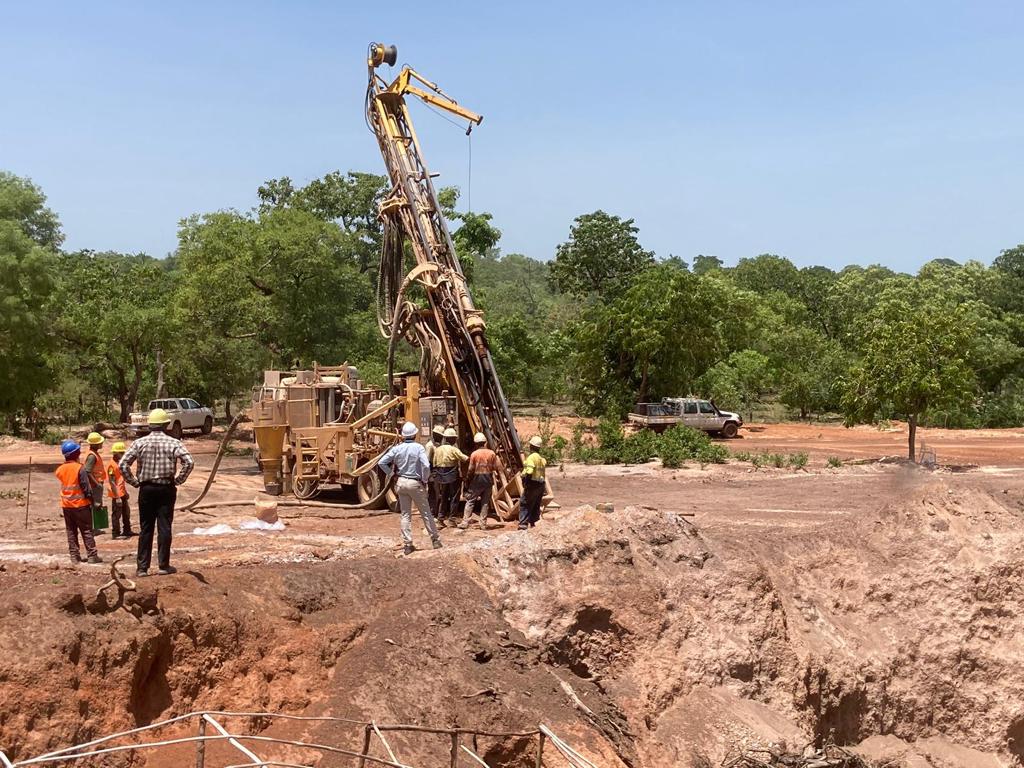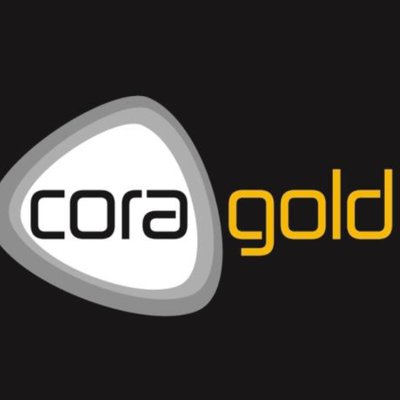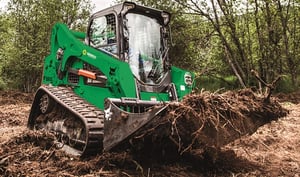Cora Gold Ltd (LON:CORA) Chief Executive Officer Bert Monro caught up with DirectorsTalk to discuss processing improvements and strategic enhancements at the Sanankoro Gold Project in southern Mali.
Q1: The 2022 DFS presented a compelling investment case for Sanankoro but can you tell us how and why you think Cora Gold is now in an even stronger position to move forward towards production?
A1: There’s probably three bits of that maybe just to touch on.
Obviously, one is the gold price is significantly stronger than in 2022. At the time of our 2022 study, we used a $1,750 gold price for our economics and we used a $1,650 gold price for our reserve pit shells. Obviously, the gold price has moved on significantly from then, as we’re all familiar.
Secondly, we built a much stronger team. We’ve brought in significant senior hires to build out that team to take us through into construction with significant West African construction and operational experience, which is great.
Thirdly, obviously, just touching on this RNS today, we’ve obviously been looking at ways to improve the project since 2022. That’s included expanding our resources, which obviously, hopefully combined with a high gold price should lead to increased reserves. Also this metallurgical test work, which is obviously looking to lower our operating cost over the life of mine in the processing plant by incorporating a slightly different process plant design, which should reduce the size of the mill needed, and obviously subsequently reduce the amount of power needed to run the process plant.
Q2: How does the introduction of a scrubbing circuit and two-stage processing strategy affect Sanankoro’s long-term scalability, particularly if the resource base continues to grow beyond the current MRE?
A2: Just to touch on it, Sanankoro is a very straightforward project in the sense that it’s an open pit oxide mining operation. You’ve got oxide gold down to depths of greater than 120 metres, which is really positive.
In the first feasibility study in 2022, we envisaged using the ball mill straight into CIL so for that, you had a much larger ball mill that was processing all of your ore before it went to the CIL. Now, we’re looking to bring in a scrubber circuit, which obviously enables you to use a much smaller ball mill, because a significant proportion of the ore will move from the scrubber to CIL. So, that obviously reduces your power requirement.
I think the big positive is obviously the lower power requirement, which will be needed to run the updated flow sheet. I think the significance from what you’re leading to is as the project expands, obviously, the ability to expand your process plant for lower, sustainable capex is obviously greatly improved.
So, the benefit of incorporating that design of the flow sheet means that future expansion should also be at a lower cost, because ultimately your ball mill is generally a significant capex item in terms of your processing plant. Obviously, as you expand the plant, hopefully in the future, if you have resource growth and success, obviously, you’ll continue to use a lower power requirement compared to a traditional straightforward ball mill operation without a scrubber.
I guess rule of thumb probably is that your power probably ranks up around a third of your operating cost in a mine site. So, just a good rule of thumb for people to think about in terms of trying to reduce the power usage in the plant.
Q3: The original DFS was based on a $1,750 per ounce gold price, which you mentioned earlier. The gold market has recently strengthened considerably, how are higher price assumptions shaping internal thresholds for project economics?
A3: I think just across the sector, what you’re probably seeing is more projects which are at a lower grade becoming economic, ultimately, the way that resources are developed, that’s the nature of it. People are probably lowering their cut-off grades; more lower grade projects are becoming more economic.
One of the things we’re fortunate with at Sanankoro, as I mentioned briefly before, is you’ve got oxide gold or high-grade ore from surface, which you’re straight into so the project benefits from a relatively low strip ratio, around four-to-one strip ratio in terms of waste to ore being moved. You’re obviously straight into ore from surface and obviously you benefit without needing significant levels of crushing or drill and blast in the mining.
So, that obviously helps you in terms of maintaining a lower operating cost but obviously there’s a huge number of benefits to a higher gold price, obviously, as you can imagine.
Q4: How might the reduction in power requirements and mill size impact Cora Gold’s ESG profile, particularly regarding emissions and local infrastructure dependencies?
A4: It’s a good point, which we didn’t probably touch on in the press release enough. Ultimately, if you have less power requirement, obviously, you’re burning less fuel to run thermal generators.
The power is envisaged to be a hybrid system so ultimately, you’d run solar in the day and then overnight you’d run diesel-based generators so obviously, the solar won’t be impacted. As we move forward, and obviously, if you need less generators to power the mine overnight, obviously, you’ll be using less diesel and reducing your carbon footprint. So, that will be an added benefit as well for the project, which is great.







































